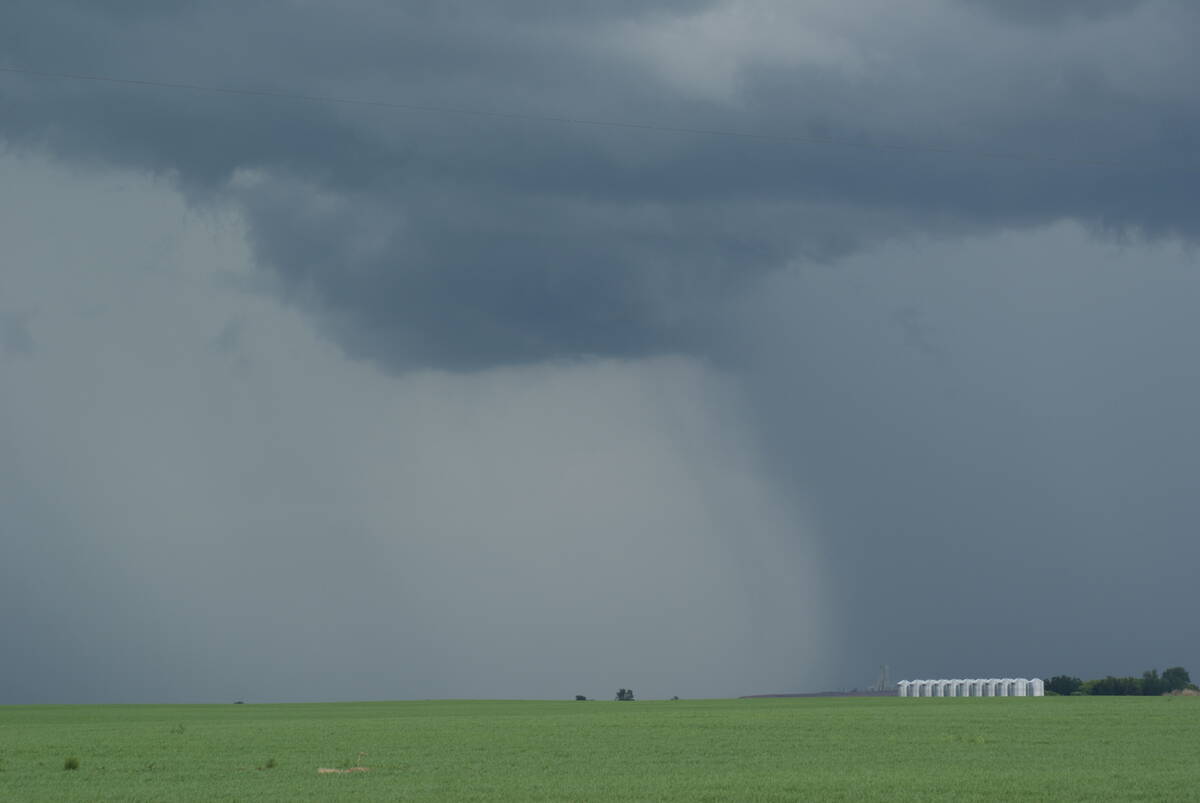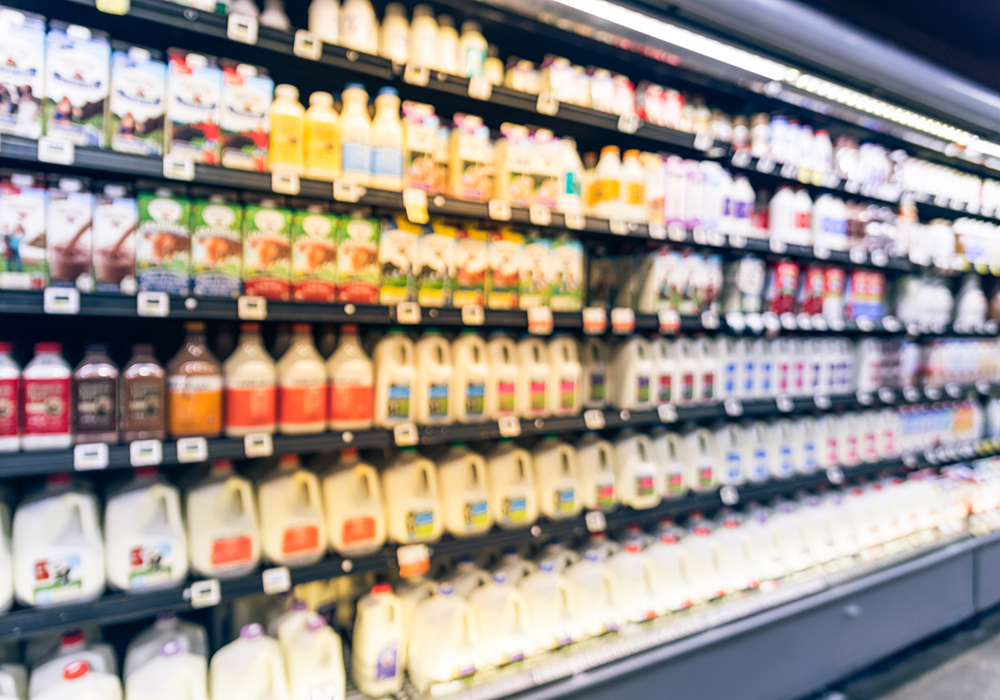Consumers and food processors will soon pay more for farmgate dairy products and many commentators are using the increase as ammunition in their war upon supply management.
While other food prices have risen by three to seven percent in the past year, dairy products have been stable.
To establish prices, the Canadian Dairy Commission looks at farmers’ costs and helps the provincial boards set prices that processors must pay so that farmers receive a fair return. In exchange, farmers must sell all their milk under a quota scheme that avoids over-production and limits exports and imports.
Read Also

Canadian farmers need new tools to support on-farm innovation
Farmers need a risk management buffer that actually works and investment that drives advancements forward if Canada is to build resilience.
Despite some commentators suggesting the CDC’s methods of calculating dairy price increases aren’t sufficiently transparent, results of annual studies that determine price are available to the public. Individual prices aren’t disclosed but relative numbers are.
Fifty percent of a CDC price increase calculation is based on variation in costs of production, such as feed and fuel, with the other half decided by the Statistics Canada consumer price index for food. Dairy producers are independently surveyed on their production costs.
The current cost increase was pegged at 13.4 percent. Feed costs were up 27 percent, machinery 19.5, fuel 30, fertilizer and herbicides 28 and labour 8.4 percent. The dairy ration cost was up 24 percent overall due to high grain and oilseed prices. The recommended farmgate increase was 8.5 percent.
About one-quarter of the 217 farms surveyed to arrive at the calculations are in Western Canada.
Dairy and grain farms in Canada average operational gross margins are about 25 percent, according to the last Census of Agriculture, and this has been relatively consistent over time. However, dairy farms have a pretty good idea of what their gross income will be and how it relates to their farms’ margins. Crop producers have fewer tools to manage large downside risks. However, they enjoy higher upsides when prices are good.
Contrarian analysts suggest dairy farmers, like crop producers, should function through international competition. In the case of dairy, all that competition would come from the United States.
While there are U.S. dairy operations that could turn a profit without subsidies provided by the American treasury, none of them do. Last year, 30 to 40 percent of U.S. dairy farm revenue was provided by government, according to the United States Department of Agriculture. And many farms still lost money.
The average American dairy farm milks about 300 head, three times the Canadian average. Their net annual margin was US$300 per head, but this is highly variable from year to year. California alone has about 19 percent of production and averages 1,400 cows per farm. Texas milks even more cows, with an average of 1,650.
Nearer to Canada, Idaho’s dairy farms average 1,460 each, Washington 825 and Minnesota 190. South Dakota has been growing its sector and is about 750.
In contrast, Western Canada averages about 100 cows per farm and eastern farms average 70. Canada is a global leader in the adoption of parlour robotics.
Like most of agriculture, the largest operations get larger and the smaller ones exit. Canadian dairy is no different. Larger, more efficient farms secure quota from producers who leave the business.
Canadian taxpayers wouldn’t want to provide ongoing financial aid to dairy producers unable to compete against America’s subsidies and undocumented labour. Openly competing with the Americans for supply managed commodities is a fool’s game.
While some consumer prices are marginally higher in Canada, the price paid reflects a fair return to farmers without exploiting them, their workers or the neighbours who sell them feed.
Karen Briere, Bruce Dyck, Barb Glen and Mike Raine collaborate in the writing of Western Producer editorials.















